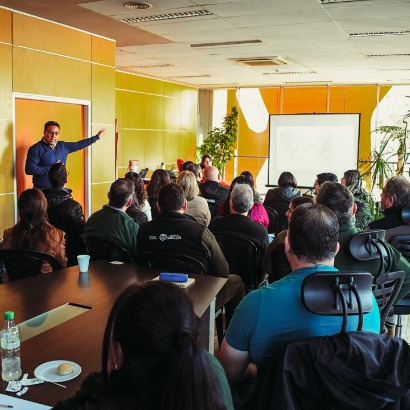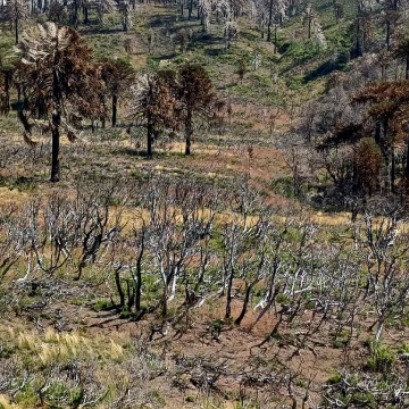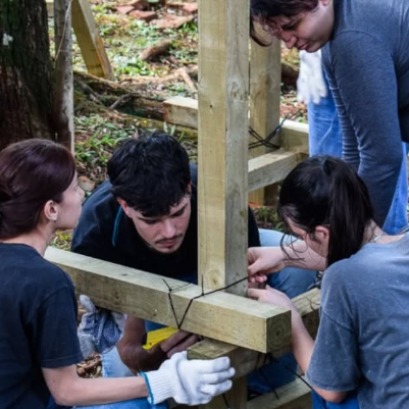
Successful training on technical and professional guidelines of native forests
The first meeting was intended for the body of inspectors, biodiversity technicians, workers from protected natural areas, fire and fauna care, environmental education technicians, drivers and technicians of the Sustainable Development Sub -Directorate
The formative space had the main objective of improving the institutional response to deforestation, articulating common knowledge, resources and practices for a more effective and coordinated management of the native forest. In the same way, the technical and legal tools for the care and protection of our natural environment were addressed. We are facing a context that challenges us to act with commitment, knowledge and planning. Forests are not only biodiversity reserves, but also sources of life, culture, identity and livelihood for our communities. Therefore, we believe it is essential to obtain technical and legal tools to achieve teams trained capable of identifying criteria for the implementation of the law, said the Sustainable Development Deputy Director, Daniela Montalvini, in the opening of the formation. The management of native forests focuses on the management and sustainable use in search of balancing the conservation of biodiversity and the provision of goods and services with the needs of the communities that inhabit the needs of the communities. For this, it is important to plan, monitor and evaluate human interventions in forest ecosystems to achieve specific objectives related to environmental conservation, economy and society. Through this space, we seek that participants acquire practical tools for the recognition of native forest, the identification of different types of interventions and the appropriate record in inspection acts. Likewise, basic knowledge about georeferencing, use of GPS, navigation applications such as Google Earth, interpretation of satellite images and vector files (such as KMZ) will be provided, together with fundamental theoretical concepts for the interpretation of coordinates. All this in order to consolidate a more effective, coordinated and technically solid institutional response against the problem of deforestation, the exhibitors pointed out.
IT MAY INTEREST YOU
 Specialists from 10 provinces develop forest landscape restoration strategies throughout the country
Specialists from 10 provinces develop forest landscape restoration strategies throughout the country
The program is developed by researchers from INTA, Conicet and the Argentine Wildlife Foundation.
 Botanists discover giant trees up to 3,��� years old in Tanzania, unknown until now by science
Botanists discover giant trees up to 3,��� years old in Tanzania, unknown until now by science
Scientists have identified a new species of giant tree, Tessmannia princeps, in the Udzungwa Mountains. This species had never before been recorded by science.
 Architecture with identity: university students from Argentina and Paraguay design and build with missionary wood
Architecture with identity: university students from Argentina and Paraguay design and build with missionary wood
The Faculty of Art and Design (FAyD) of the National University of Misiones (UNaM) hosted the inauguration of the first edition of “Yvyvyrá: territory, matter and architecture”, an international workshop that promotes learning, experimentation and architectural design using wood and other materials typical of the biomes of the Atlantic Forest (Paranaense Forest) and the Humid Chaco.





















